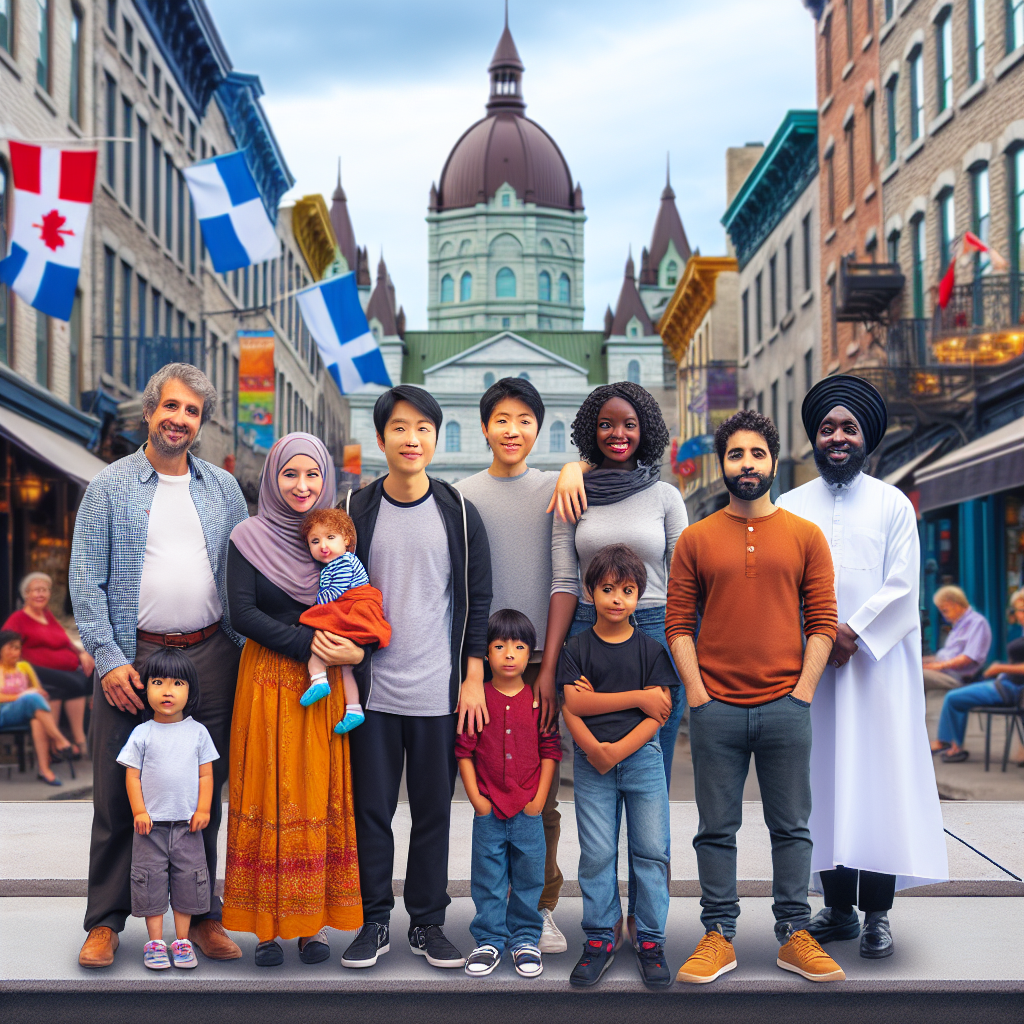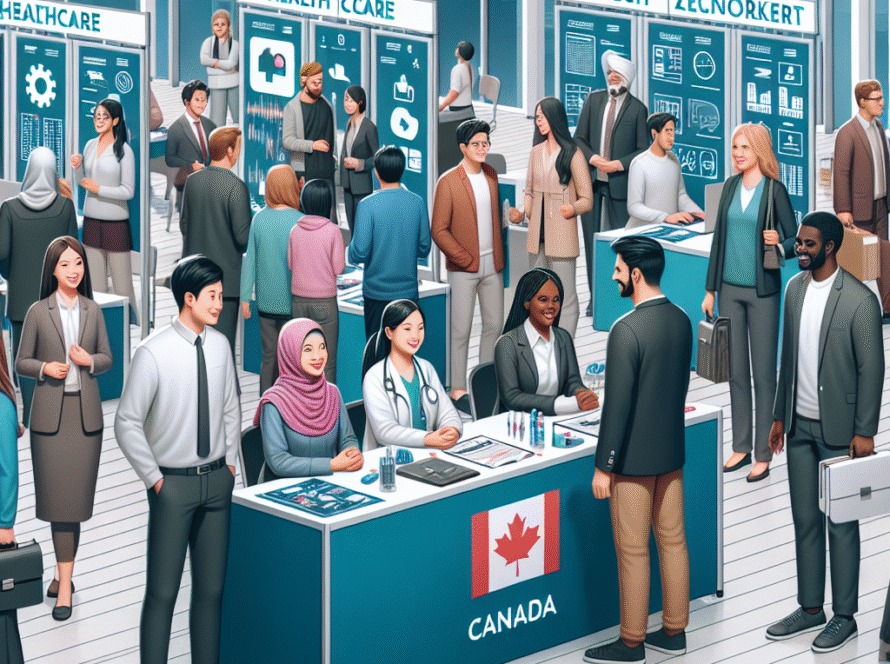Immigration Fuels Quebec’s Growth Amid Low Birth Rates

Quebec’s Demographic Shift: Immigration as a Lifeline for Growth
Quebec, a province celebrated for its unique culture and heritage, is undergoing a significant demographic transformation. In 2024, the population surged by 155,000, primarily fueled by immigration, as the birth rate has reached historic lows. This shift is not just a temporary phenomenon but a reflection of Canada’s evolving immigration policies, particularly in provinces like Quebec, where economic necessities must be balanced with cultural preservation.
Key Demographic Insights
The substantial population growth in Quebec underscores a critical demographic pivot. Here are the essential statistics:
- Total Population Growth (2024): +155,000
- Total Population (January 2025): 9.1 million
- Fertility Rate: 1.33 children per woman
- Births vs. Deaths: 77,400 births vs. 78,800 deaths
- Temporary Foreign Workers: 274,000
- Asylum Seekers: 180,000
- International Students: 71,000
- Total Temporary Immigrants: 617,000
- Permanent Residents: 59,500
For the first time, deaths have surpassed births, emphasizing that immigration has become Quebec’s demographic lifeline.
Who is Coming to Quebec?
The 2024 surge of newcomers included a diverse mix of temporary residents—foreign workers, students, and asylum seekers—who are essential in addressing labor shortages and enriching the cultural landscape. Notably, Quebec received 40% of Canada’s asylum seekers but only 12% of its international students, prompting the provincial government to consider caps on student admissions to better manage resources.
Top Countries of Origin for New Residents:
- Cameroon
- Tunisia
- France
- Algeria
- China
- Morocco
Understanding the Declining Birth Rate
Several factors contribute to Quebec’s declining birth rate:
- Delayed Parenthood: The average age for first-time mothers has risen to 30.
- Economic Pressures: Rising urban living costs and career ambitions lead to delayed family planning.
- Long-Term Trends: The fertility rate has been dropping since 2009, now sitting significantly below the replacement level.
Despite these challenges, Quebec enjoys a high life expectancy of 82.7 years, further contributing to an aging population that increasingly relies on immigration for workforce replenishment.
The Pressure on Immigration Policy
Premier François Legault has raised concerns about the strain that temporary immigration places on essential services like housing, healthcare, and education. He has appealed to the federal government to reduce the influx of non-permanent residents, yet the statistics suggest a different story: without immigration, Quebec would face population decline. The province recorded only 1,900 interprovincial relocations in 2024, indicating a desire among residents to stay put.
Future Projections: Quebec could reach a population of 10 million by 2054, largely dependent on continued immigration.
What This Means for Future Immigrants
For those contemplating a move to Canada, particularly Quebec, the landscape is rich with opportunities but also fraught with changing policies. Navigating the immigration system has never been more crucial. Prospective immigrants should:
- Identify the best immigration stream for their qualifications.
- Enhance their chances for securing both temporary and permanent residency.
- Stay informed about evolving program rules and caps.
Conclusion: Quebec’s Path Forward
As Quebec grapples with low birth rates and an aging population, it becomes increasingly clear that immigration is fundamental to the province’s future. The influx of newcomers is not merely a statistic; it embodies the province’s hope for a vibrant, diverse, and economically prosperous society. Whether as skilled workers, students, or permanent residents, individuals looking to make Quebec their home will find a unique blend of opportunities and cultural richness waiting for them.
In this evolving narrative, Quebec stands at a crossroads, relying on its immigrants to drive growth and innovation while preserving its cherished cultural identity.



